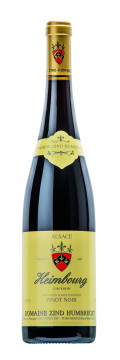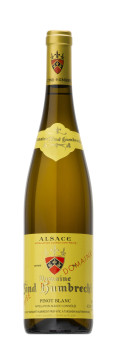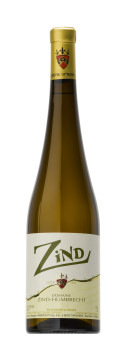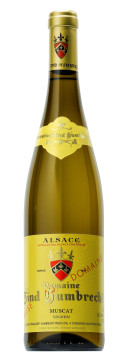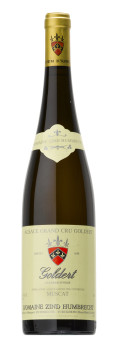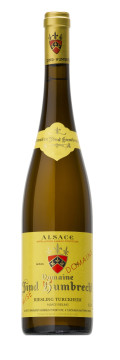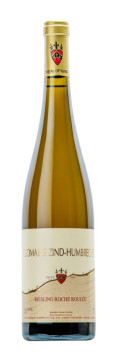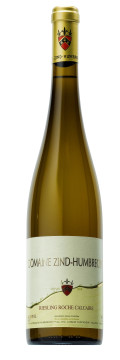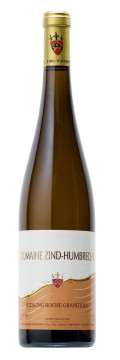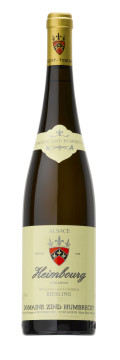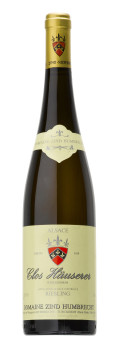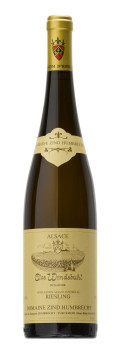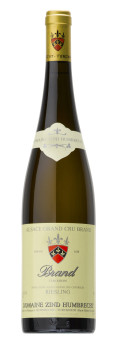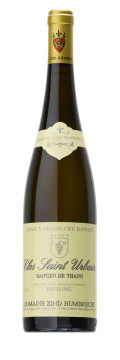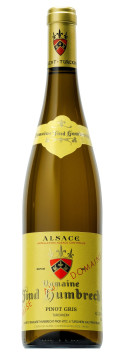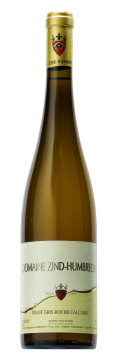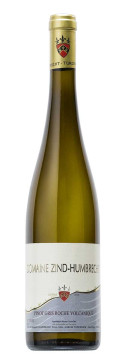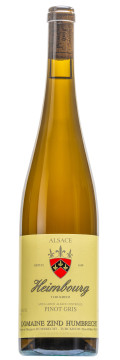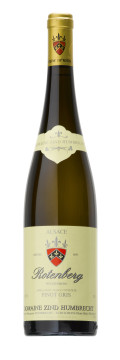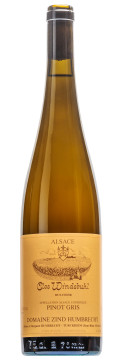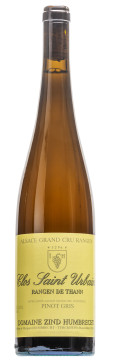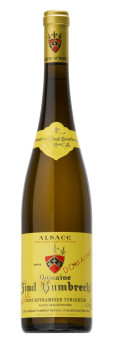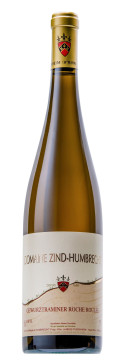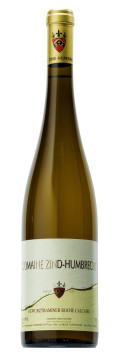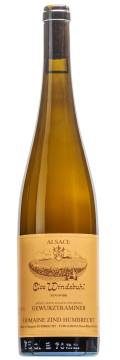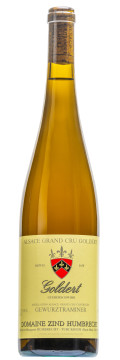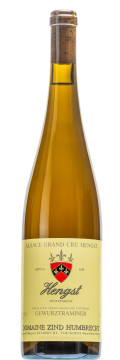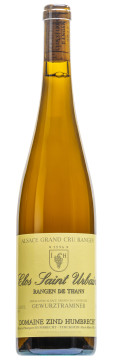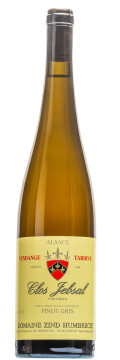Vintage 2018
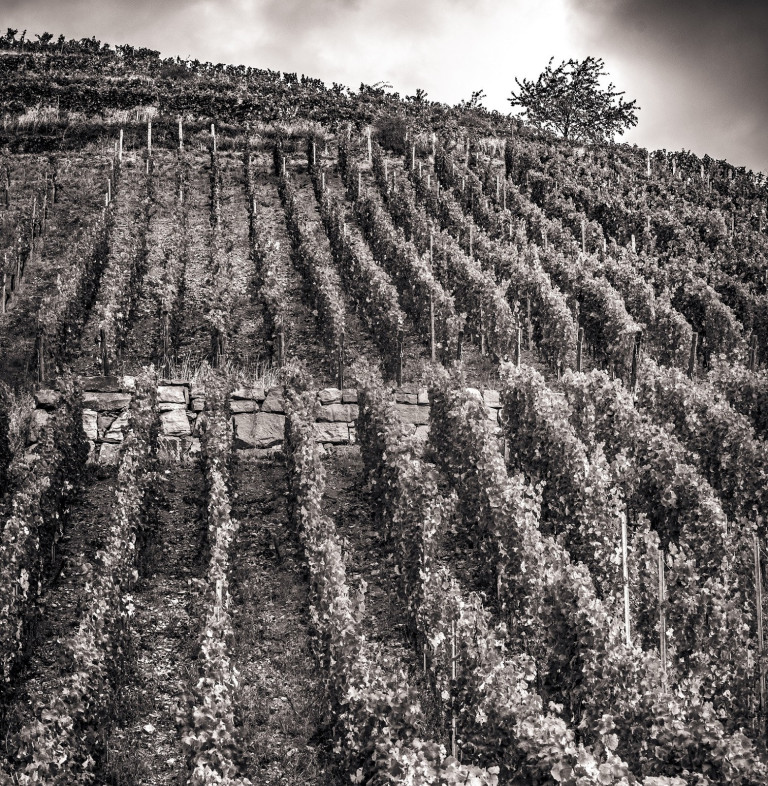
Description of the vintage
The 2018 vintage follows a complicated and tough 2017 vintage that mostly characterized by a very severe April frost. The frost impact and therefore the lack of fruits (seeds) caused a stress that the vine compensated by increasing massively the fertility of its latent buds. We expected then a big outburst of grapes in 2018…
The winter 2018/2019 was mild, relatively humid and eventless. Colder weather in March, some snow around Easter, all helped to delay the budbreak to the third week of April. Spring frost was less a risk in 2018, but there were some scary moments though. After that, all went really fast. Alsace had some record-breaking heat end of April, then some important rainfalls in May, and the growth of the vines was spectacular. As expected, it was possible to see a large number of clusters on each bud.
The flowering started 20th May in the early ripening vineyards (around Turckheim) and went fast with any problems, despite big storms and rainfalls from end of May to mid June. The flowering was basically over end of May in all our vineyards, even the ones that usually take longer to finish flowering like Windsbuhl or Rangen. Then, it was possible to expect an early start of harvest. The period stretching between the end of May and mid-June was complicated for the vineyard staff. One can say that a month equivalent of work had to be done in 2 weeks. Most people neglected the ebourgeonage (removing excess buds or double buds) in the vineyard. The fast growth and rainfalls made the vineyards look green and healthy, often hiding the huge amount of clusters that should have been removed before the berries would set (nouaison). This weather (warm and humid) was also ripening the downy mildew, which became very aggressive as of mid-June. We estimate an average loss of about 15% of the berries. Towards the end of June, the weather became very hot and dry. It stayed like that basically until November, well after the end of the harvest. The good thing is that it dried out any mildew or cryptogamic presence. The berries affected by mildew dried out and it created a sort of grape thinning that was almost necessary in this fertile vintage. The bad thing is that Alsace went into severe hydric stress problems, especially in the over cropped vineyards, lighter soils and younger vines.
The successions of heat waves and lack of water as of mid July caused the vines to stop any activity and sunburns could be a real problem. As of mid August, some vines, especially in the lighter gravelly or sandy soils, were in total hydric stress. The ripening process was stopped and the vines could not produce carbohydrates anymore. The size of the crop, if nothing had been done to prevent over cropping, was the determining factor. Riesling and Gewurztraminer were the most affected grapes. Pinot Gris was the grape variety with lesser problems, mostly because it naturally yield less and sustain sunburns better. Our young riesling vines on the Sommerberg vineyard (planted 2013), on a very steep sandstone soil and warm south facing exposition performed extremely well. The leaves were still full green end of August despite the fact this should have been one a badly hit vineyard. The vines resisted well because the crop was minuscule. Like many previous vintages, we could see that bio-dynamic farming really helped the vines to construct a deeper root system. Our non-hedging canopy management make the clusters smaller (less berries, smaller berries) and the vines can perform better in drier condition. One could think that removing leaves helps to fight drought but in fact it creates more shade and helps the vines to ripen the grapes physiologically earlier with more tartaric acid. So earlier harvest also means better acidity and lower pH, not just less alcohol. For all these reasons, we could start the harvest early and didn’t need to wait late November to finish.
The harvest started August 27th and lasted a whole month, but the majority of the vineyards were harvested in the first part of September. Throughout the harvest, the weather was dry and the grapes stayed very healthy. Overall, the 2018 vintage can be compared to the 2016. The average production of the domaine is 55hl/ha and the Grand Cru 37hl/ha. All wines at the exception of GC Gewurztraminer and Clos Jebsal finished dry. The top vineyards, especially the old vines, went through the summer 2018 without any problem. The Domaine Zind-Humbrecht wines of 2018 show elegance, intensity and harmony. Not a bad way to complete 30 years of winemaking on the domaine…
